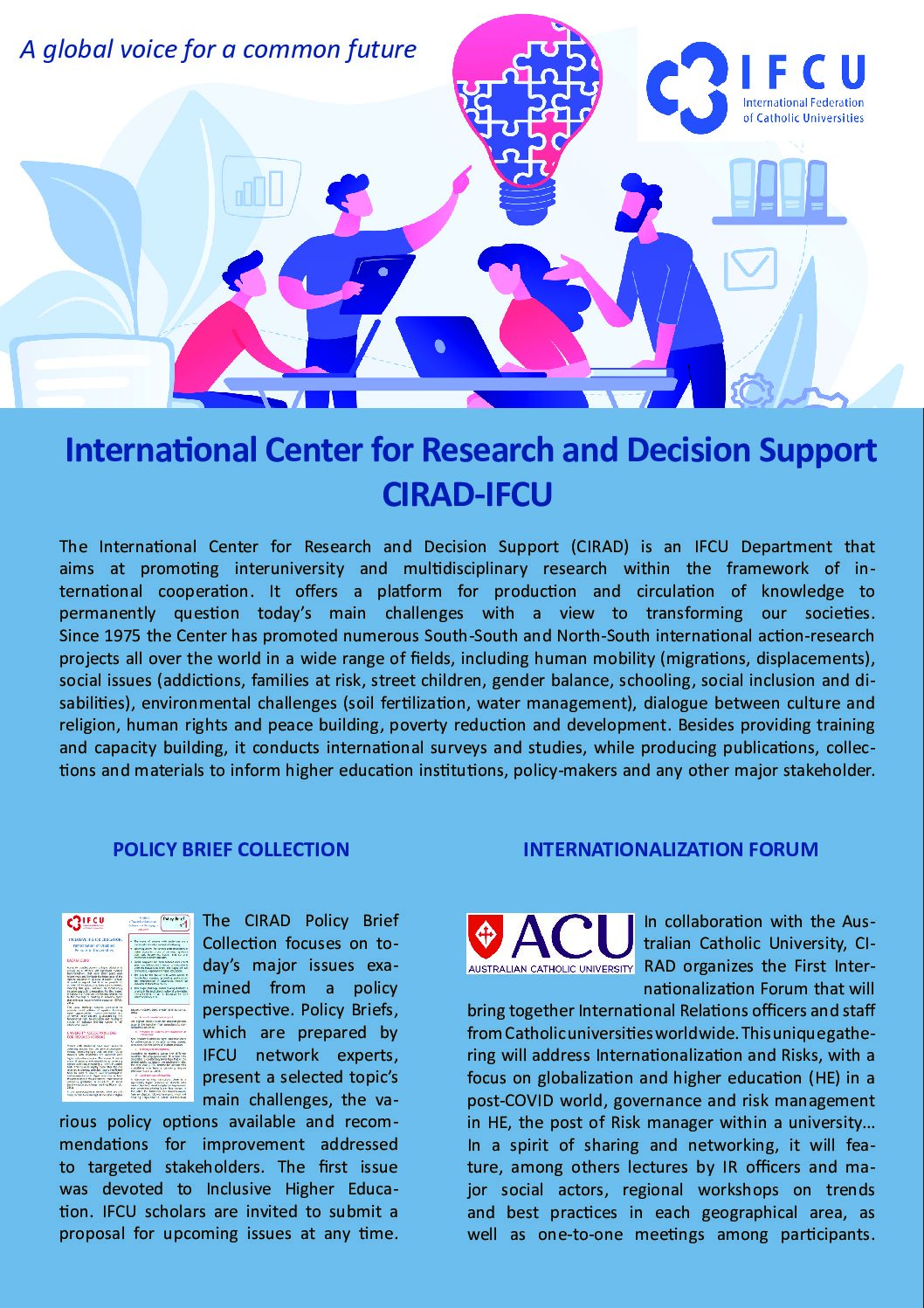Trends related to HE internationalization in the Eurasian region

On behalf of CIRAD-FIUC, I participated at the 6th IUNC EURASIA Meeting on Internationalization of Higher Education, organized by the Eastern European University Association (EEUA) on 15th-18th May 2017 in Moscow, Russia, which gathered Education Agencies and international relation officers from both European and Asian universities.
I am pleased to share with you some of the main trends regarding higher education
in the regions concerned and even beyond:
 Among higher education trends in the Commonwealth of Independent States (CIS), composed of ten of the fifteen former Soviet republics, the education systems of Russia, Ukraine and Kazakhstan stand out in terms of attractiveness. While university internationalization in the region is the main pending challenge, the activities most sought for are student exchange and foreign student recruitment. With reference to the countries favoured by the CIS to send their students abroad, China holds the first place, followed by Germany, Vietnam, Finland and, finally, France.
Among higher education trends in the Commonwealth of Independent States (CIS), composed of ten of the fifteen former Soviet republics, the education systems of Russia, Ukraine and Kazakhstan stand out in terms of attractiveness. While university internationalization in the region is the main pending challenge, the activities most sought for are student exchange and foreign student recruitment. With reference to the countries favoured by the CIS to send their students abroad, China holds the first place, followed by Germany, Vietnam, Finland and, finally, France.
Another main conclusion from the meeting regards the importance of adapting to an international landscape in constant evolution, recently marked by uncertainty, specially after Brexit in Great Britain and Donald Trump’s election in the USA. Strategies aiming at recruiting students, either national or international, should take into account the different student profiles that exist depending on their level of financial resources, academic preparedness, as well as drivers leading them to sign in for university studies.
Collaboration focused on preparing joint diplomas, online courses and language exchanges is likely to gain momentum in the coming years. At the scientific level, the dynamics of cooperation and competition inherent in today’s knowledge production point towards the increasing role of universities within a multipolar world with few big players. Other trends to be further developed in the future are scientific data sharing, Open Access publication, science democratization with the progressive inclusion of non-academic agents and regional scientific circuits put in place in areas like South-East Asia.
![]() Click here to visit the Eastern European University Association (EEUA) website.
Click here to visit the Eastern European University Association (EEUA) website.
![]() Click here to visit the International Universities Networking Conferences (IUNC) website.
Click here to visit the International Universities Networking Conferences (IUNC) website.


